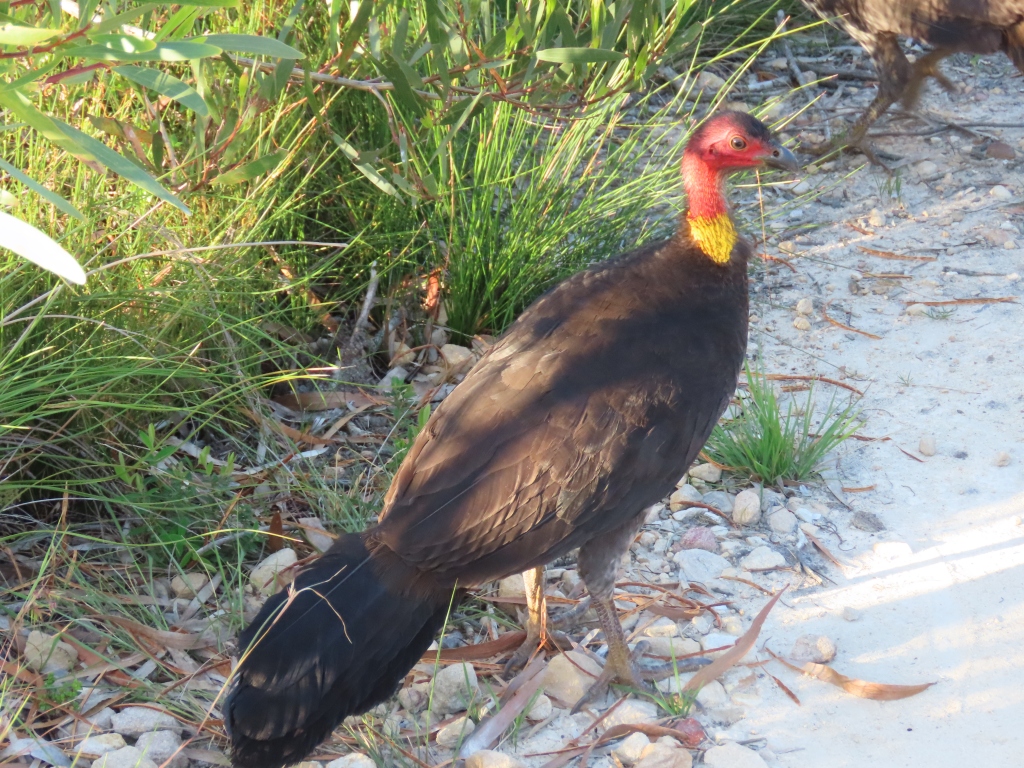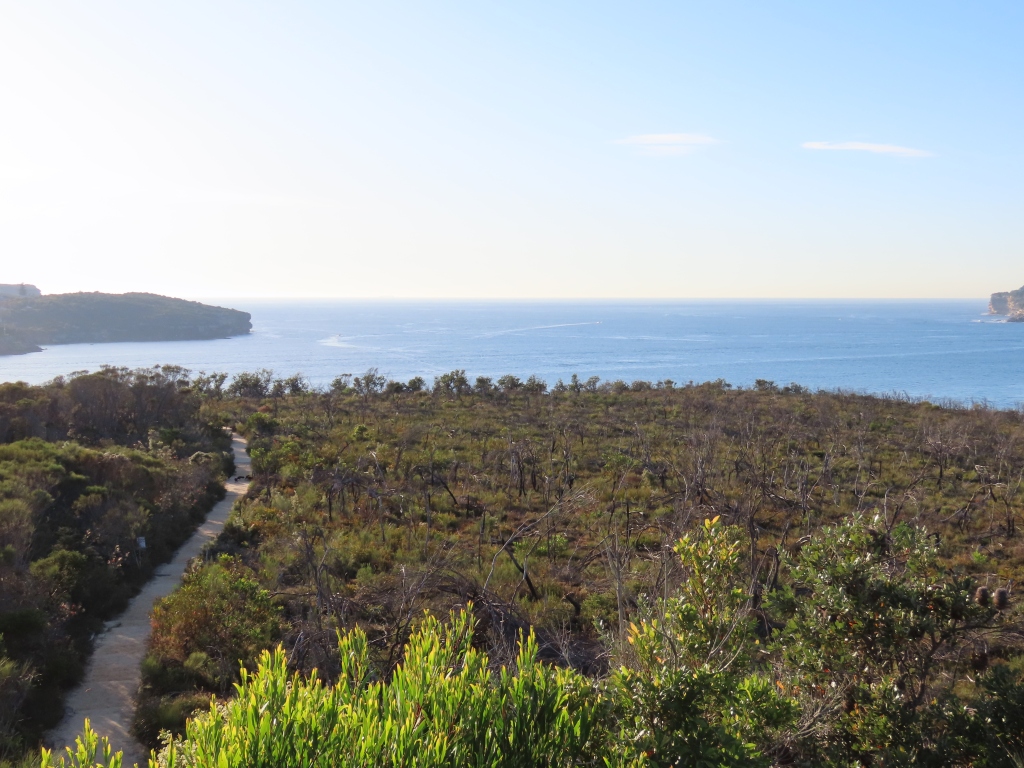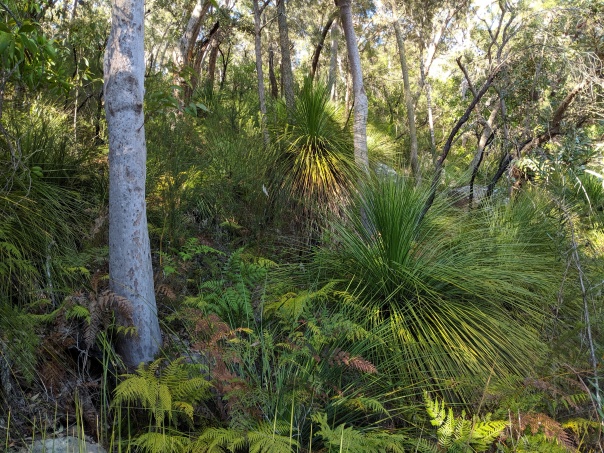Blog Archives
Australian Brush-turkeys, a wallaby, and me
Back in Sydney after a short visit to South Africa, I’m delighted to walk among the Ozzie birds again. Among them are the endearingly stupid Australian Brush-turkeys.
Here I am, following some Brush-turkeys along a path. The birds make that peculiar grunting noise that is all their own. I suppose it’s a big chicken’s version of a cluck:
Australian Brush-turkeys are funny to watch when you’re sharing the same path as them. They’re a little concerned that you’re there, but they’re also very reluctant to cede the path to you. So if you walk at normal speed, they get quite flustered and rush around trying to race you. (While taking the video, I was walking very slowly.) Eventually, one smart bird stands aside just off the path. With luck, the others decide this is a wise strategy and do the same. Alas, though, they come to this conclusion at varied times, which means there’s a lot of clucking and fluttering involved to rally troops again after the danger (you) has passed.
Here’s a still picture of the birds making their way up the path ahead of me:

A closer view of one of the birds, who has realised that she’ll have a more peaceful life if she stands on the side of the path and waits for me to pass:

I reached the highest point of my walk and looked back down the path. The birds have found each other again and have the path to themselves:

On my way back, I encountered the same group of birds, but this time with an interloper:
A Swamp Wallaby, sometimes called a Black Wallaby, was peacefully examining the path alongside the brush-turkeys. I often see these kangaroo-like marsupials out in the early morning. They’re much smaller than kangaroos, typically reaching the height of my hips when standing on their back legs. Here’s a still photo of the wallaby with the brush-turkeys:

A few weeks ago, I filmed a Swamp Wallaby in the same area of the path. It could easily be the same animal. The video shows a good view of the animal’s head and front paws as it munches away at a bush:
In the background on the video, you hear some magpies carolling, a wattle bird squawking, and a lone whip bird calling.
Australian Brush-turkey
Scientific name: Alectura lathami
Approximate length: 60-70 cm
You can see more about this bird, including some chicks and the male’s strange call, in my other posts about Australian Brush-turkeys.
Swamp Wallaby
Scientific name: Wallabia bicolor
Approximate length: 66-85 cm
Date spotted: 12 November 2022 (spring)
Location: Dobroyd Head Track, New South Wales, Australia: 33°48’35.5″S 151°16’19.7″E
Australian Brush-turkey, so ugly it’s beautiful
An Australian Brush-turkey pops its head up from a sea of fern fronds. Up periscope!
I was walking the Gibberagong trail in Ku-ring-gai parkland when the brush-turkey appeared. The bird puttered around me for a while, went down to the creek, then came back past me:
Just look at the size of those feet. The bird is a member of the megapode family. Megapode means “big feet”.
The Australian Brush-turkey is not a very pretty bird, but its surrounds made up for that. On one side of the path was Cockle Creek:
On the other side of the path, and in fact all round, the Australian forest:
Common name: Australian Brush-turkey
Scientific name: Alectura lathami
Approximate length: 60 cm
Date spotted: 28 August 2019 (late winter)
Location: Bobbin Head, Ku-ring-gai Chase National Park, New South Wales, Australia: 33°40’11.0″S 151°08’59.5″E
Australian Brushturkey kicking up leaves
The Australian Brushturkey, also called a Bush Turkey or a Scrub Turkey, is a truly weird bird. This male is a lovely specimen: large, with a bright red head and long yellow dewlaps, officially called a wattle, hanging from its neck. I followed it round a corner, where it started doing what these birds are known and loved (or hated) for: kicking up the leaves and dirt with its big strong feet. They can make a real mess of your garden.
Brushturkeys do fly, though they’re a little ungainly in the air.
Common name: Australian Brushturkey
Scientific name: Alectura lathami
Approximate length: 75 cm
Date spotted: 6 November 2011
Season: Summer
Location: Manly Dam Reserve, New South Wales, Australia
Latitude/longitude: -33.782572,151.255698



